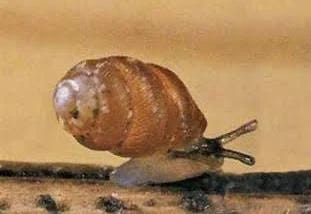How I Almost Found an Endangered Snail in the Wild West of Ireland: A Place Where Rare Beauty and the Environment Prevail
I love writing this newsletter “Refinement” for you. If you enjoy what you’re reading, please consider upgrading to a paid subscription to support my research, activism and writing. As a bonus, subscribers receive free access to my new book “Go Wild,” which is serialized in this newsletter: A new chapter every month.
A woman was walking her clutch bag-s…
Keep reading with a 7-day free trial
Subscribe to Refinement to keep reading this post and get 7 days of free access to the full post archives.

